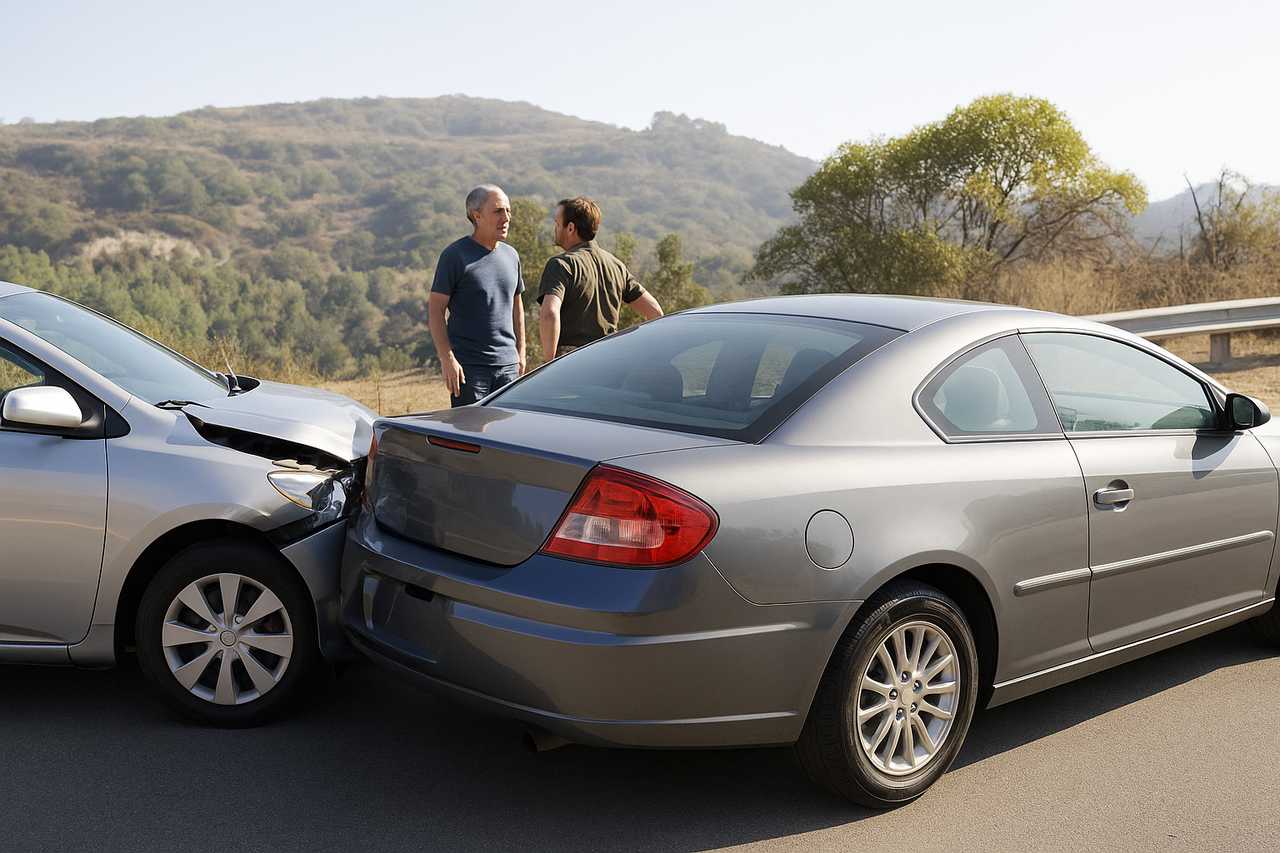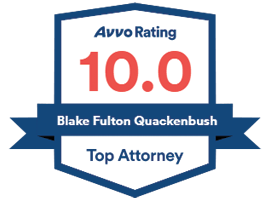Rear-end impacts account for a large portion of Anchorage crashes, often leaving victims with whiplash, spine trauma, or chronic pain that can upend careers and family life. This guide explains how an Anchorage rear-end collision lawyer can protect your rights, satisfy Alaska’s reporting rules, and build the evidence needed to recover medical bills, wage loss, and pain-and-suffering damages. You will learn why timing matters under the two-year statute of limitations, how Alaska’s pure comparative negligence rule affects payouts, and what to expect when insurance adjusters start calling. Whether you need an affordable Anchorage rear-end collision lawyer free consultation or are simply researching Anchorage rear-end collision attorney settlement timeline, you will find practical answers below.
Table of Contents
- ➤ Anchorage’s Rear-End Collision Landscape
- ➤ Liability & Fault Rules in Alaska
- ➤ Common Injuries and Long-Term Effects
- ➤ First Steps After a Rear-End Crash
- ➤ Calculating Damages & Typical Settlements
- ➤ Working With Insurance Adjusters
- ➤ Litigation Timeline in Anchorage Courts
- ➤ Hiring an Anchorage Rear-End Collision Lawyer
- ➤ Frequently Asked Questions
- ➤ Conclusion
Anchorage’s Rear-End Collision Landscape
Alaska Highway Safety Office data confirm that rear-end impacts consistently rank among the top multi-vehicle crash types from 2013-2022, especially during icy months when following distances shrink. Anchorage car accident lawyer teams routinely cite inattentive driving, sudden black-ice stops, and poor winter tire use as prime causes. New federal rules will soon require automatic emergency braking (AEB) in all passenger vehicles, a measure projected to slash rear-end collisions by up to 50%. To see policy details, review the NHTSA AEB final rule.
Liability & Fault Rules in Alaska
Pure Comparative Negligence Explained
Under Alaska Statute 09.17.060, juries assign each party a percentage of fault. Even if you are 90% responsible, you can still collect 10% of your damages. Because insurers know this, an Anchorage auto accident attorney must gather dash-cam footage, event-data recorder downloads, and witness statements quickly.
Rear-Driver Presumption—But Not a Guarantee
While the rear driver is often presumed at fault, sudden mergers, brake-checking, or mechanical failures can shift blame. A seasoned Anchorage rear-end crash attorney will reconstruct the sequence using skid-mark analysis and crash-reconstruction software.
Common Injuries and Long-Term Effects
Whiplash & Soft-Tissue Trauma
According to the Mayo Clinic, whiplash symptoms can include neck stiffness, headaches, and tingling in the arms. An Anchorage rear-end collision attorney for whiplash injuries often coordinates MRIs and physiatry referrals.
Spinal Disc Injuries
Disk herniations may require surgery. Average Alaska verdicts for neck and back injury top $572,000 when surgical fusion is needed, making an experienced Anchorage rear-end collision attorney near me crucial for documenting future care costs.
Secondary Medical Issues
Seat-belt studies published in medical journals suggest rear-seat belt use can reduce crash mortality by up to 75%. Chronic pain, PTSD, and tinnitus also appear in claim files managed by an Anchorage collision attorney.
First Steps After a Rear-End Crash
Call 911 and Move to Safety
Document the scene with photos and video; exchange insurance information; and seek medical care even if you feel fine—adrenaline can mask injury.
File Mandatory Reports
Alaska requires a vehicle crash report within ten days if police do not investigate and damages exceed $2,000. Links to the form appear on the Anchorage Police Department crash page. Failure to file can jeopardize your claim.
Contact an Attorney Quickly
A timely consultation with an auto injury attorney Anchorage preserves evidence, stops aggressive adjuster calls, and helps you comply with the two-year filing deadline.
Calculating Damages & Typical Settlements
Economic Losses
- Medical bills (past & future)
- Lost wages and diminished earning capacity
- Vehicle repair or replacement
Non-Economic Losses
- Pain and suffering
- Emotional distress
- Loss of enjoyment of life
Settlement Ranges in Anchorage
Moderate Alaska claims average roughly $33,767, while severe spine or brain injuries can exceed $500,000. Verdict reports show a $140,000 award for a rear-end neck fracture, underscoring why an Anchorage rear-end collision lawyer for serious injury claims prepares every case as if it will go to trial.
Payment Plans & Contingent Fees
Many firms offer “no fee unless we win” arrangements. Ask about Anchorage rear-end collision lawyer payment plan options during your consultation.
Working With Insurance Adjusters
Minimum Liability Coverage
Alaska drivers must carry at least $50,000 per person and $100,000 per crash in bodily-injury liability coverage. Uninsured/underinsured motorist endorsements can bridge gaps. A crash compensation lawyer Anchorage will also explore umbrella and employer policies.
Recorded Statements
Politely decline recorded statements until you have counsel; insurers look for admissions that reduce payouts.
Initial Settlement Offers
Insurers often start with $1,000–$15,000 for soft-tissue cases. A rear-end crash claim lawyer Anchorage counters with documented losses and medical opinions.
Litigation Timeline in Anchorage Courts
Demand Letter & Negotiation
Your Anchorage injury claim attorney issues a demand package with medical records and expert reports.
Filing the Complaint
If talks stall, suit is filed in Alaska Superior Court. The Anchorage rear-end collision attorney with trial experience drafts a complaint citing negligence, damages, and prayer for relief.
Discovery & Mediation
Parties exchange interrogatories, depose witnesses, and often engage in court-ordered mediation—an area where BFQ Law Alaska’s settlement/dispute team excels.
Trial
Most cases settle before trial, but if not, your lawyer will present medical experts, economic loss analysts, and accident-reconstruction engineers to a jury.
Hiring an Anchorage Rear-End Collision Lawyer
Why Choose BFQ Law Alaska
BFQ Law Alaska combines the resources of attorneys, paralegals, and support professionals to deliver strategic Anchorage rear-end collision legal representation in Anchorage AK. Visit our contact page or email blake@BFQLaw.com. Office: 807 G Street, Suite 100, Anchorage, AK 99501.
Client Reviews & Ratings
Prospective clients often search “Anchorage rear-end accident lawyer reviews and ratings.” Ask for testimonials and case summaries during your free case review.
Free Consultation Checklist
- Police and DMV crash reports
- Photos and dash-cam footage
- Medical records and bills
- Pay stubs to verify wage loss
Frequently Asked Questions
1. How long do I have to sue after a rear-end crash?
The statute of limitations is two years from the accident date.
2. Can I recover if I was partly at fault?
Yes. Alaska’s pure comparative negligence law reduces—but does not bar—your recovery.
3. What is my case worth?
Values vary from $10,000 for minor soft-tissue injuries to six figures for surgery cases.
4. Do I need an attorney for a minor whiplash claim?
Even small claims benefit from legal review to ensure medical bills and future therapy are covered.
5. How can I track my settlement timeline?
An Anchorage rear-end collision attorney settlement timeline depends on liability clarity, medical maximum improvement, and court scheduling.
Conclusion
Rear-end collisions may look straightforward, but proving negligence, calculating damages, and negotiating with insurers require careful strategy. Working with a dedicated rear impact collision lawyer Anchorage from BFQ Law Alaska positions you to pursue full and fair compensation while focusing on recovery.








